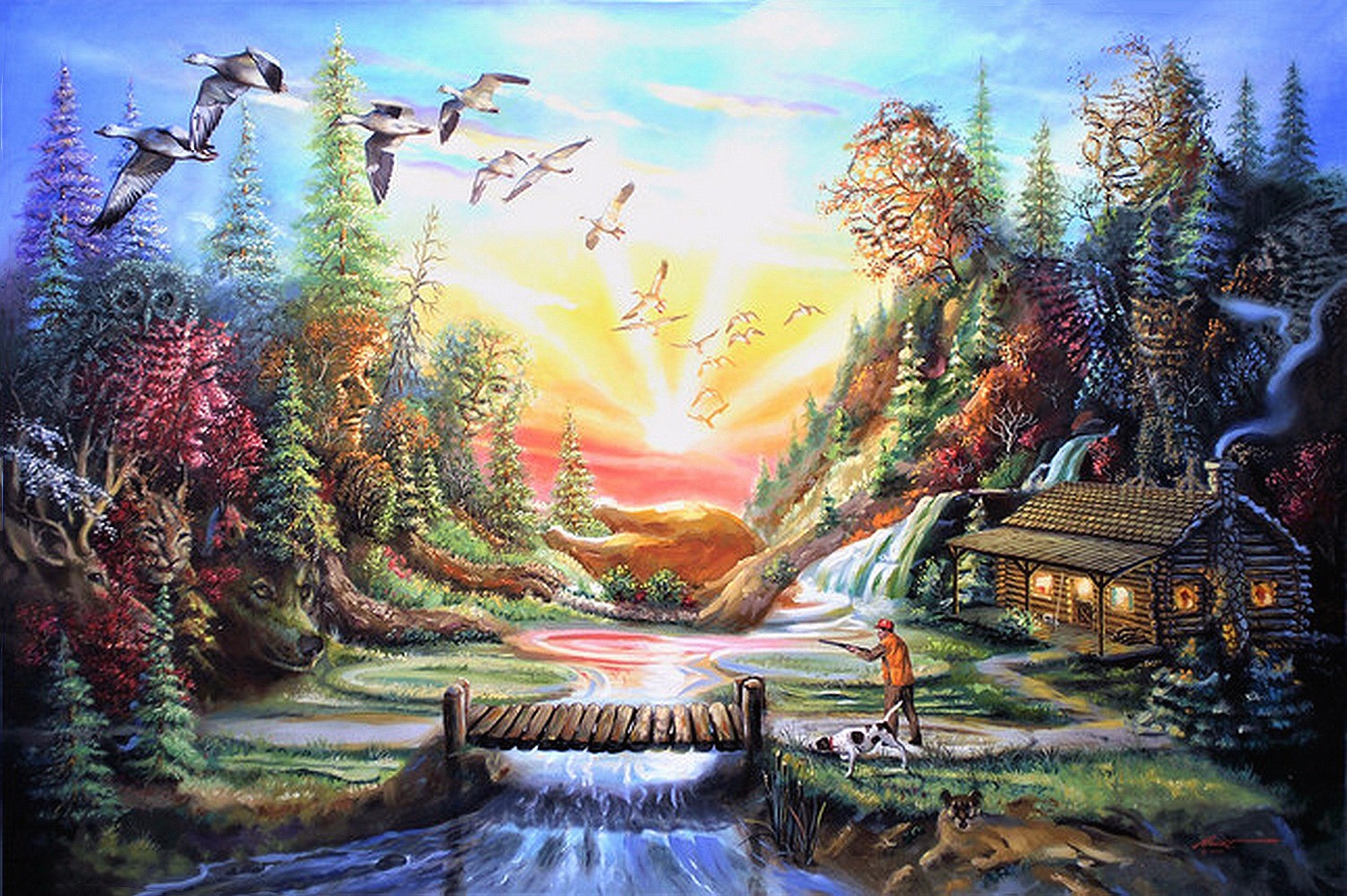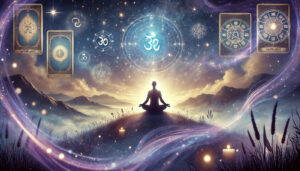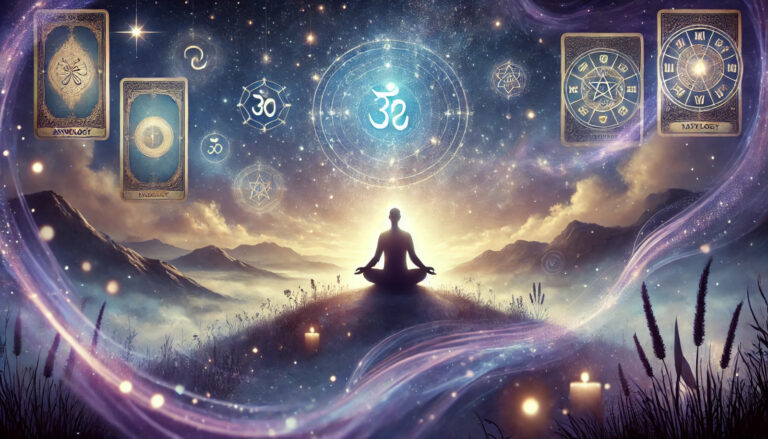Peering Behind the Illusion: Is Our World Truly Real?
Since the dawn of time, humans have pondered the nature of reality. What is real? What is an illusion? What is the true nature of the universe?
For millennia, the prevailing view was that the world around us was a solid and objective reality. We perceived the world through our senses, and our senses were reliable. But in the 20th century, physicists began to challenge this view.
Albert Einstein’s theory of relativity showed that space and time are not absolute, but rather are relative to the observer. This means that what we perceive as reality may be different for someone else, depending on their frame of reference.
Quantum mechanics, which studies the behavior of matter at the atomic and subatomic level, has challenged our understanding of reality even further. Quantum mechanics shows that the universe is not deterministic, but rather probabilistic. This means that there are multiple possible realities, and the reality that we experience is the result of a random collapse of the wave function.
So, what is reality? Is it a solid and objective world, or is it an illusion?
There is no easy answer to this question. But by peering behind the illusion, we can gain a deeper understanding of the nature of reality.
The Illusion of the Senses

Our senses are our primary means of perceiving the world around us. We see the world with our eyes, hear it with our ears, smell it with our nose, taste it with our tongue, and feel it with our skin.
But our senses are not perfect. They can be fooled by illusions. For example, if you look at a stick in a glass of water, it will appear to be bent. This is because the light from the stick is refracted as it passes through the water.
Our senses can also be deceived by our own minds. For example, if you are expecting to see something, you are more likely to see it, even if it is not there. This is known as confirmation bias.
So, how can we be sure that what we are experiencing with our senses is real?
The Limits of Science

Science is our most powerful tool for understanding the world around us. But even science has its limits.
Science can only study things that are observable and measurable. But there are many things that are not observable or measurable, such as consciousness, free will, and the soul.
Science can also only tell us how the world works, but it cannot tell us why the world is the way it is. For example, science can tell us how gravity works, but it cannot tell us why gravity exists.
So, even though science is a powerful tool, it cannot give us a complete understanding of reality.
The Nature of Consciousness

Consciousness is the awareness of oneself and one’s surroundings. It is the ability to experience the world and to have subjective thoughts and feelings.
Consciousness is one of the most mysterious aspects of reality. We do not know what consciousness is or how it arises.
Some scientists believe that consciousness is an emergent property of the brain. This means that consciousness arises from the complex interactions of billions of neurons in the brain.
Other scientists believe that consciousness is fundamental to reality. This means that consciousness is not an emergent property of the brain, but rather is a fundamental property of the universe.
We do not know which of these views is correct. But the nature of consciousness is one of the most important questions in philosophy and science.
The Illusion of Time and Space

Time and space are two of the most fundamental concepts in physics. But time and space are also illusions.
Albert Einstein’s theory of relativity showed that space and time are not absolute, but rather are relative to the observer. This means that what we perceive as reality may be different for someone else, depending on their frame of reference.
For example, if you are traveling at a high speed, time will slow down for you. This is known as time dilation.
And if you are in a strong gravitational field, space will be bent around you. This is known as gravitational lensing.
So, time and space are not as absolute as we once thought. They are illusions that are created by our minds.
The Illusion of the Separate Self

We all have a sense of self. We believe that we are separate and independent individuals.
But the illusion of the separate self is one of the most powerful illusions of all.
In reality, we are all interconnected. We are all part of a larger whole.
This is evident in the fact that we are all made of the same atoms. We are all stardust.
And it is also evident in the fact that we are all interconnected on a social and emotional level. We all need.
Conclusion
The world around us seems to be solid and objective, but science has shown us that it is not. Space and time are illusions, the universe is probabilistic, and consciousness is a mystery. So, is our world truly real?
It is possible that reality is an illusion, a simulation, or something beyond our comprehension. We do not know for sure what reality is, but by peering behind the illusion, we can gain a deeper understanding of it.
This journey is worth taking because it can help us to see the world in a new way. It can help us to appreciate the interconnectedness of all things and to live more fulfilling lives.



